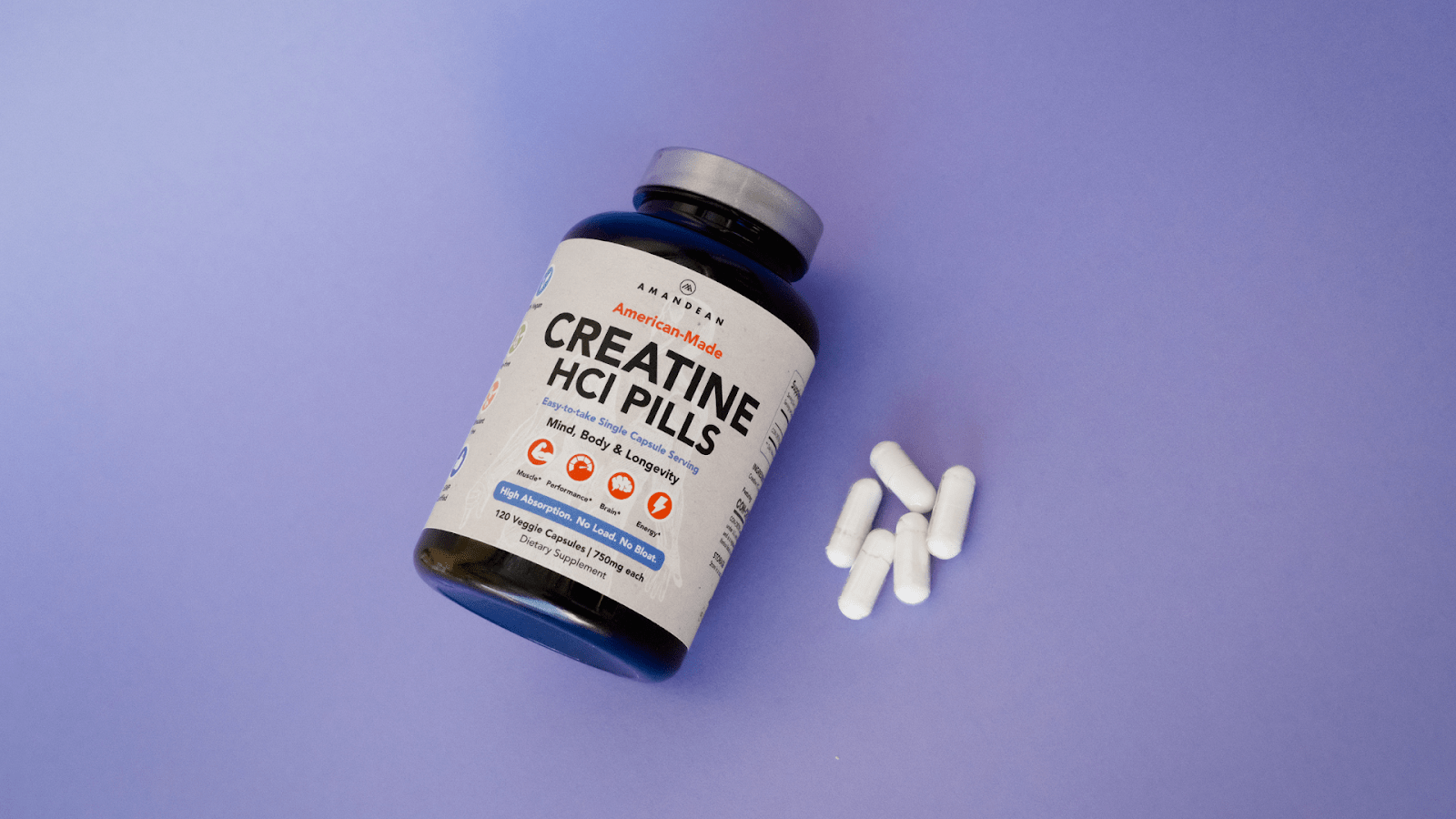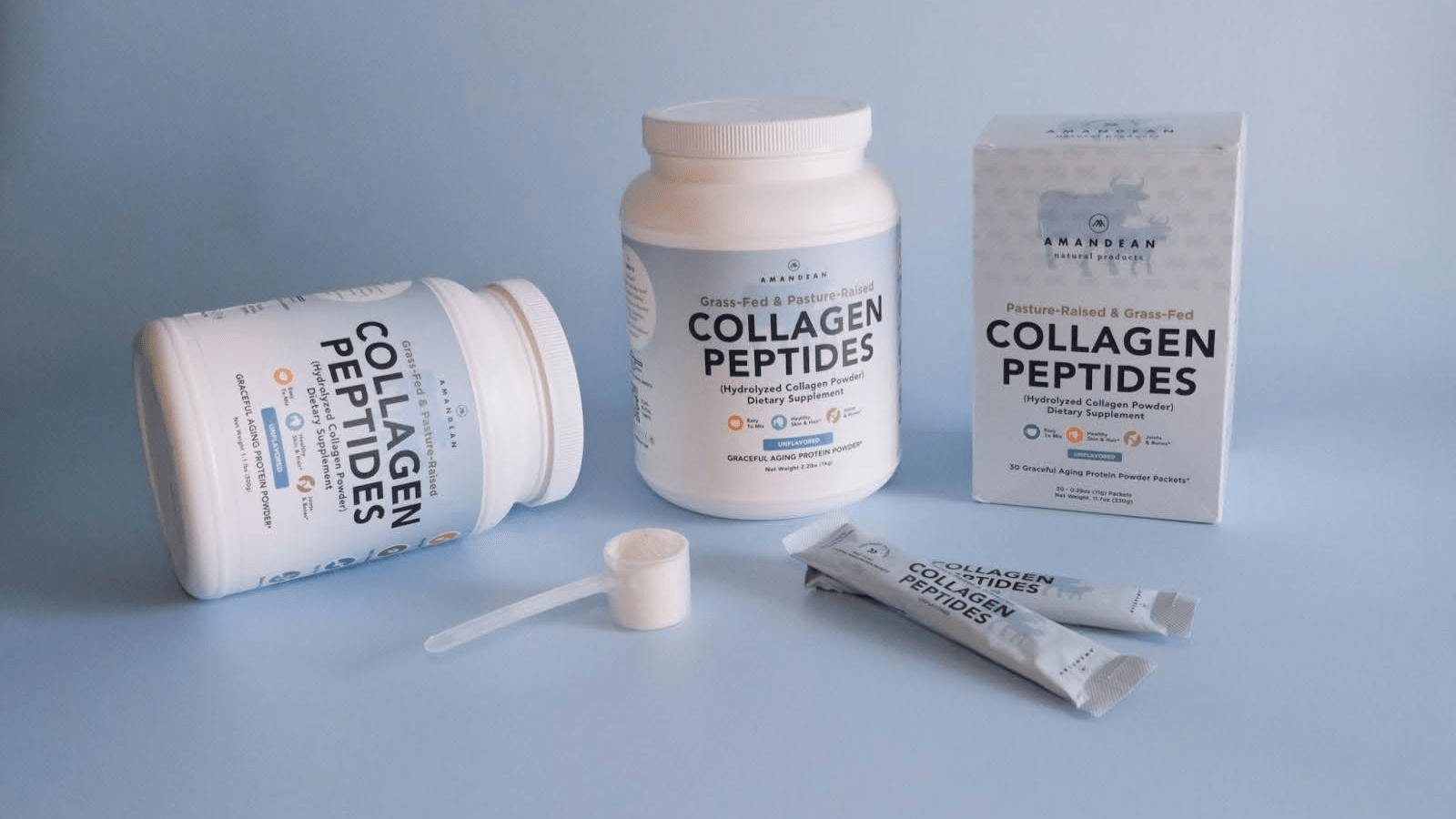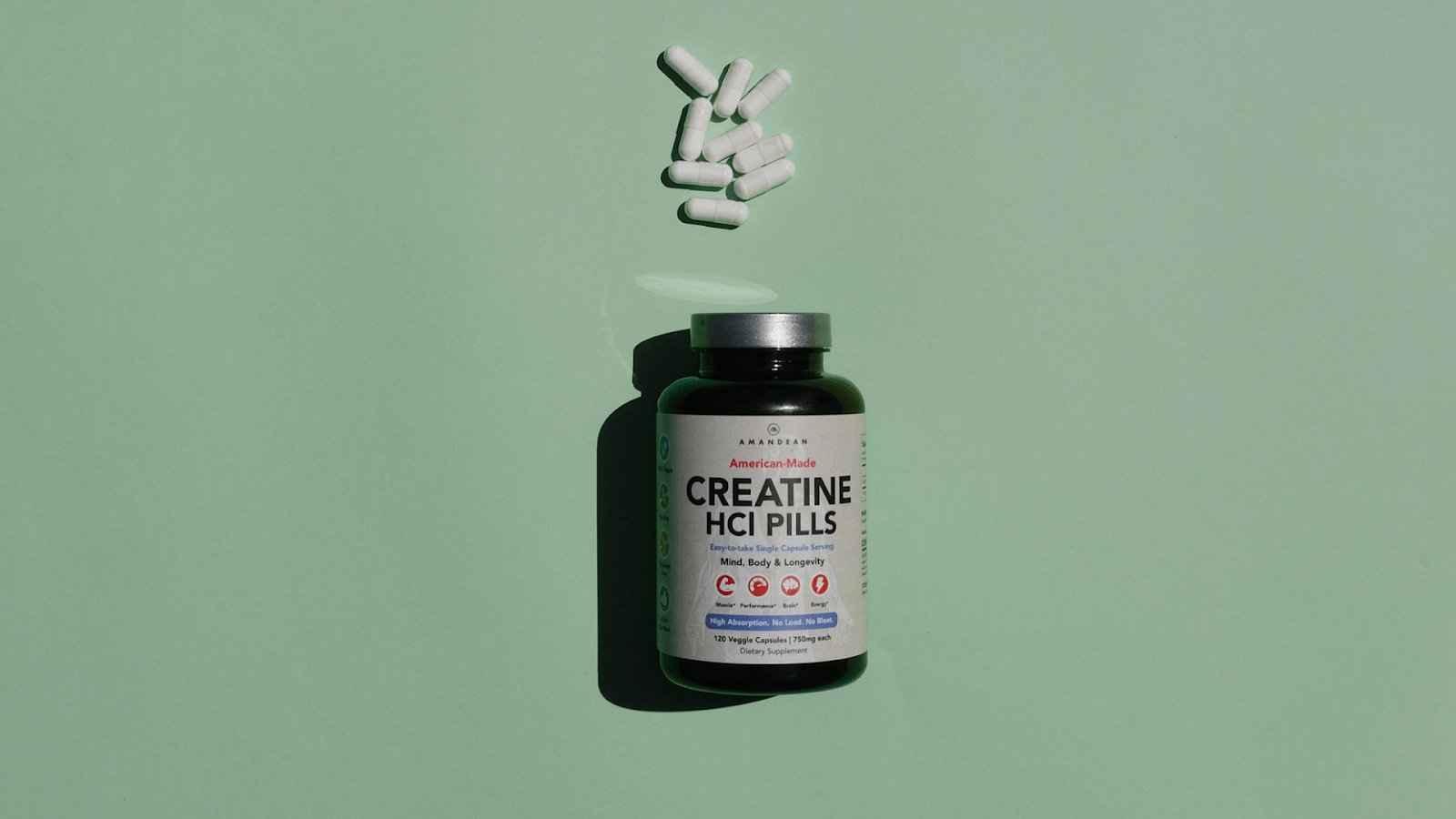Your Cart is Empty

March 04, 2021 5 min read
Have you seen the tag #IIFYM popping up alongside #GymLife #DailyGrind and #Fitness in your friends' progress pictures? Well now you can get in on it too - #IIFYM stands for "If It Fits Your Macros". This diet plan is common among athletes and bodybuilders who want to build muscle and set new PRs, but it's becoming more and more popular as a form of flexible dieting for weight loss too.
Take our quiz and find which supplements your body is craving.


Micronutrients are vital for our long term, health goals and well-being. These are your vitamins, minerals, and antioxidants. On the other hand, macronutrients encompass the most important parts of our diet that the body needs for energy: namely protein, carbs, and fat.

Calories aren't always the best measure for how healthy a food is. Far from it! For instance, let's say I'm on a calorie-counting kick and am starting to get hangry, but I want to keep my snack to 200 calories. Sure, I could have some baby carrots and hummus. Or, I could devour half a bag of sourdough pretzels. I don't know about you, but I know which one I'd pick. On the macro diet, not every ingredient is "graded" based on the same measurement. Each ingredient counts towards your goal of eating X grams of carbs, proteins, and fats per day to meet specific health goals.

The macro diet is a healthy eating habit more than it is a restrictive diet. Even if you’re not trying to lose weight, it can be a beneficial part of your nutrition for energy and lean muscle building. Instead of worrying about staying under a certain number of calories each day, you're encouraged to meet certain macronutrient and calorie goals based on your current weight, activity level, and weight loss goal.

When it comes to weight loss, tracking macros is especially beneficial. People following the macro diet tend to have a higher daily protein intake than calorie-counters, which means you'll feel fuller longer and have even more energy. When this energy is leveraged at the gym, it can help you to gain muscle while shedding body fat without feeling as depleted.
Last but definitely not least, the macro diet gives you lots of flexibility with your food choices! So many different, fulfilling, nutrient-dense, and healthy foods can be eaten while following the macro diet, that might break the calorie bank on the traditional diet. Don't worry, we'll talk more about how you can keep track of your macros below.
While calories are not the primary measure of the macro diet, they are a part of the equation. Grab your calculator app, it's about to get mathy!
So, say for instance you calculated that you should be eating 1600 calories per day. Using the above macro ratios, this means you should eat 180 grams of carbs ([1600 * .45]/4 calories per gram of carbs), 26 grams of fat, and 40 grams of protein each day.

While it might require a little bit of effort upfront, many people find that following the macro diet is much easier and more freeing than counting calories. If you already have an active lifestyle, focusing more on your lean energy sources such as protein, means you're able to exercise longer and see better results than you might have seen before. This also goes a long way when it comes to weight loss. In addition, it helps you to make more mindful decisions about the content of your foods, as you seek out whole foods rich in all your macros and micros. No more skimming nutrition labels for the lowest calorie count - fuel your body with what it really craves and worry about the calories later.
Macronutrients encompass the most important parts of our diet that the body needs for energy: namely protein, carbs, and fat.
Each ingredient counts towards your goal of eating X grams of carbs, proteins, and fats per day to meet specific health goals.
Instead of worrying about staying under a certain number of calories each day, you're encouraged to meet certain macronutrient and calorie goals based on your current weight, activity level, and weight loss goal.
People following the macro diet tend to have a higher daily protein intake than calorie-counters, which means you'll feel fuller longer and have even more energy.
If you already have an active lifestyle, focusing more on your lean energy sources such as protein, means you're able to exercise longer and see better results than you might have seen before.

October 17, 2025 8 min read
Find out why creatine is better for vegans! Boost your wellness game and unlock peak performance with Amandean's premium supplements today.

October 16, 2025 7 min read
Learn whether collagen in coffee is just another wellness fad. Examine the facts, benefits, and how to use collagen in coffee for beauty and joint support.

September 22, 2025 9 min read
Unlock the full benefits of creatine for women. Boost energy, beauty, and brainpower with Amandean’s clean formulas.